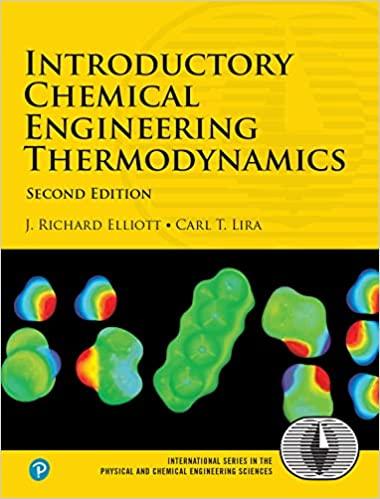Call placement of a particle in box A, heads and placement in box B, tails. Given one
Question:
Call placement of a particle in box A, “heads” and placement in box B, “tails.” Given one particle, there are two ways of arranging it, H or T. For two particles, there are four ways of arranging them, {HH,HT,TH,TT}.We can treat the microstates by considering each particle in order. For example, {H T H H} means the first particle is in box A, the second in box B, the third in box A, and the fourth in box A.
(a) List and count the ways of arranging three particles. Now consider four particles. What is the general formula for the number of arrangements versus the number of particles?
(b) How many arrangements correspond to having two particles in box A and one in box B? What is the probability of {2H,1T}?
(c) How many arrangements correspond to {2H,2T}. {3H,2T}. {4H,2T}. {3H,3T}?
(d) List the macrostates and corresponding number of microstates for an eight-particle, two-box system. What portion of all microstates are parts of either 5:3, 4:4, or 3:5 macrostates?
(e) What is the change of entropy in going from a 5:3 macrostate to a 4:4 macrostate?
(f) Use Stirling’s approximation to estimate the change of entropy in going from a distribution of 50.1% of 6.022E23 in box A to a distribution of 50.001%, and from 50.001% to 50.000%.
Step by Step Answer:

Introductory Chemical Engineering Thermodynamics
ISBN: 9780136068549
2nd Edition
Authors: J. Elliott, Carl Lira





